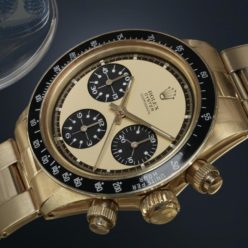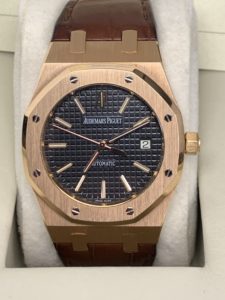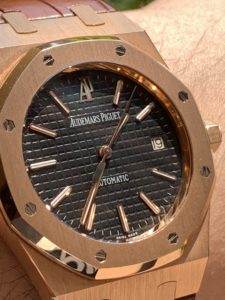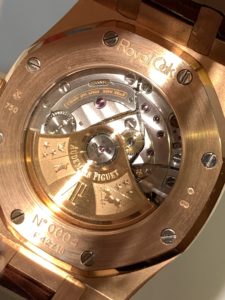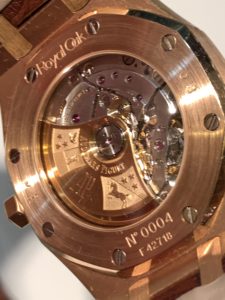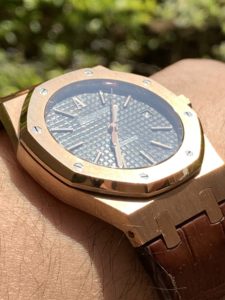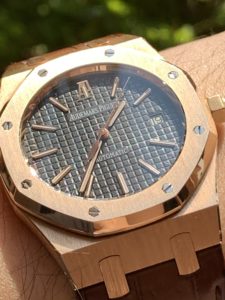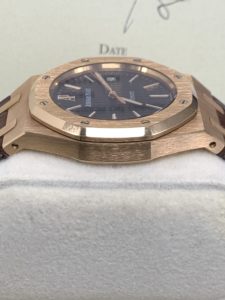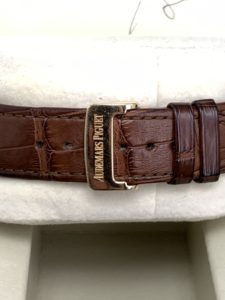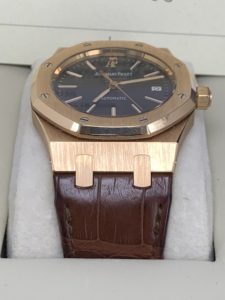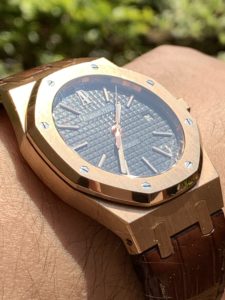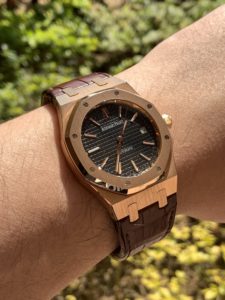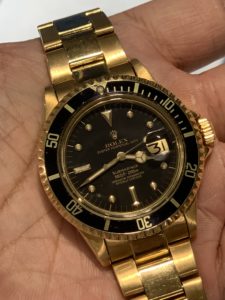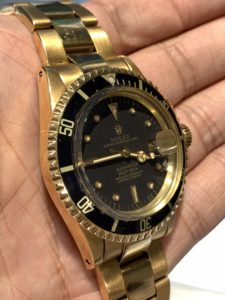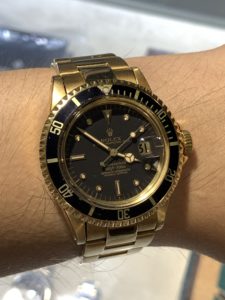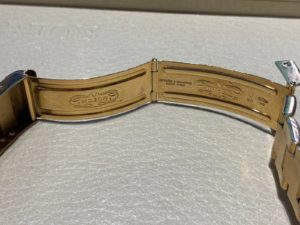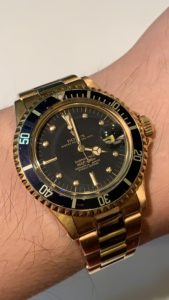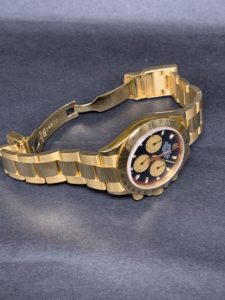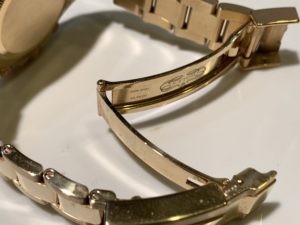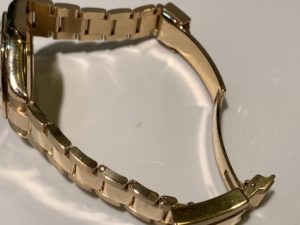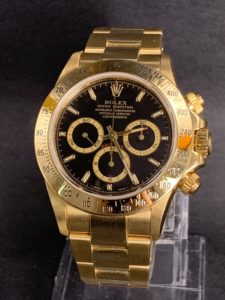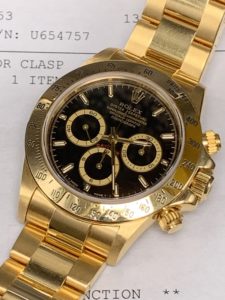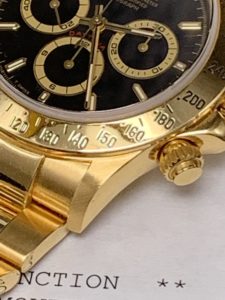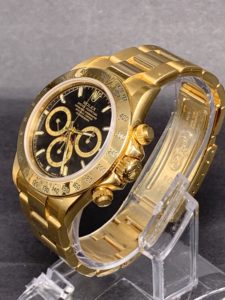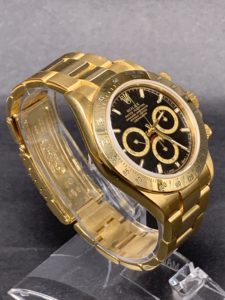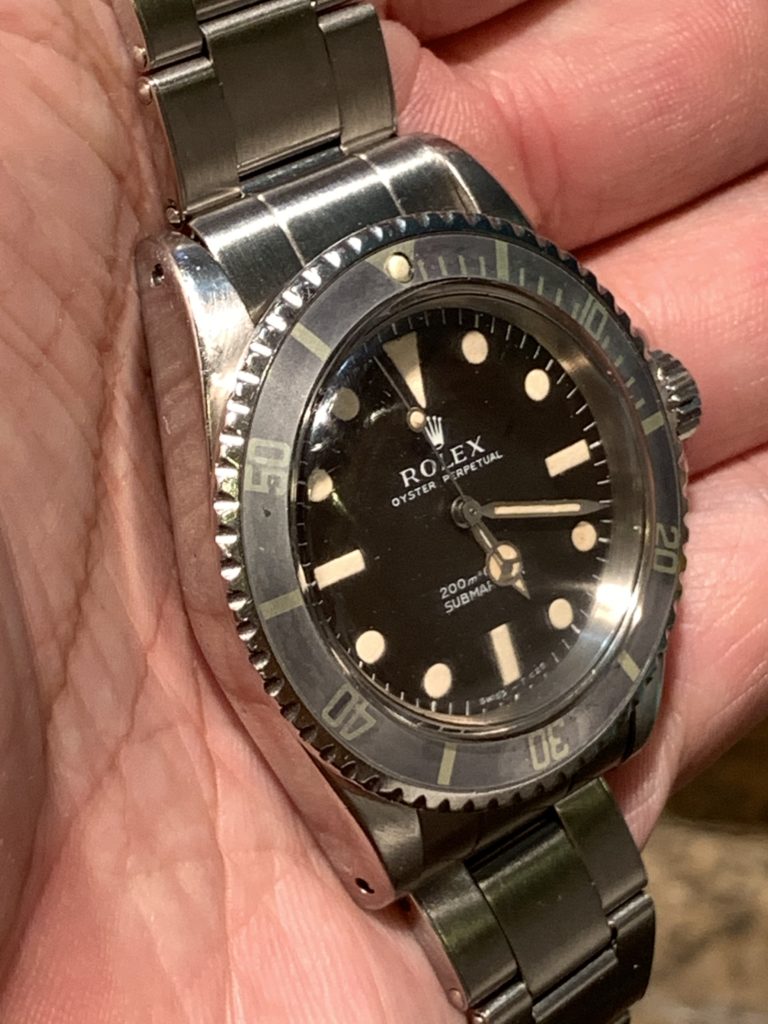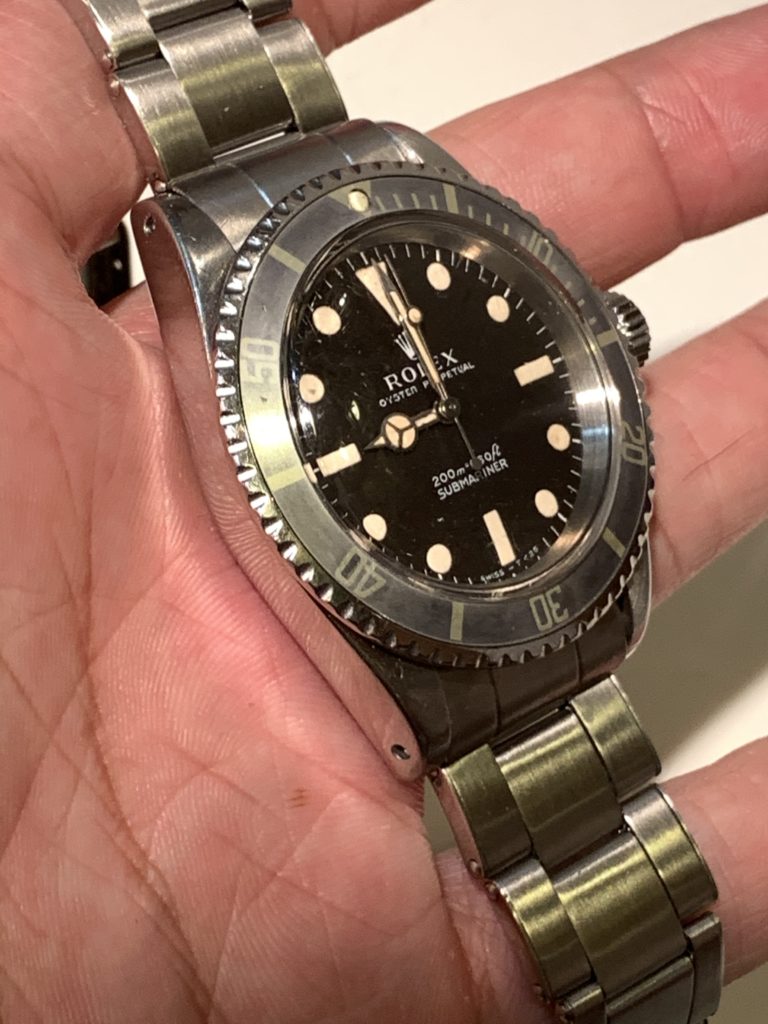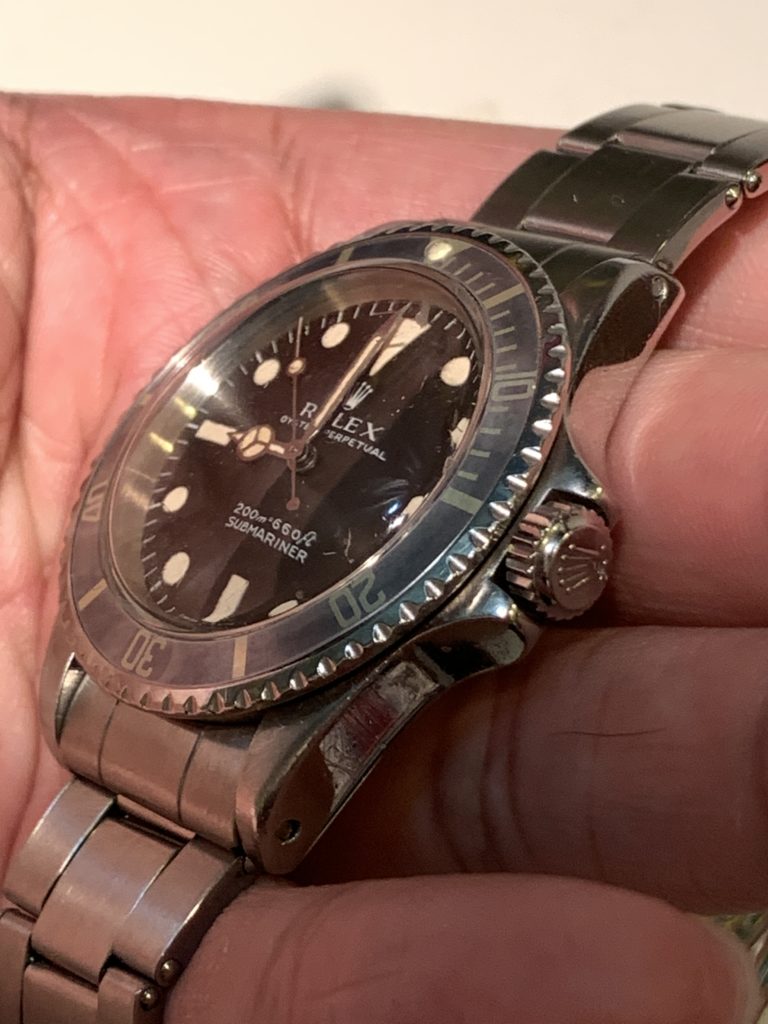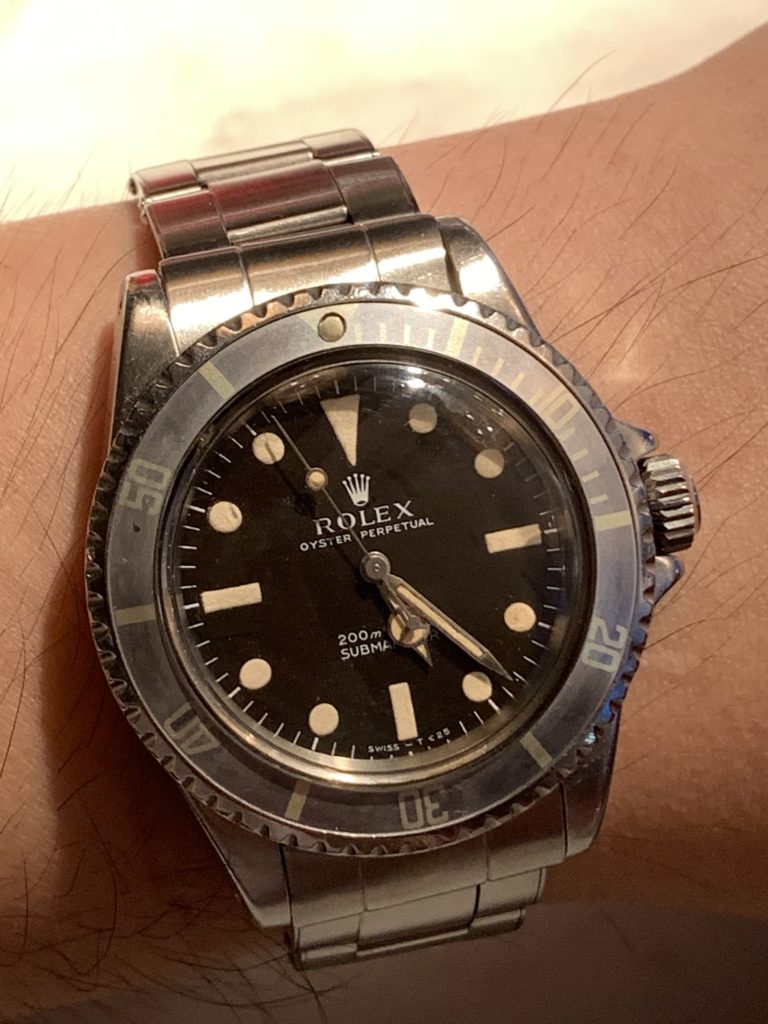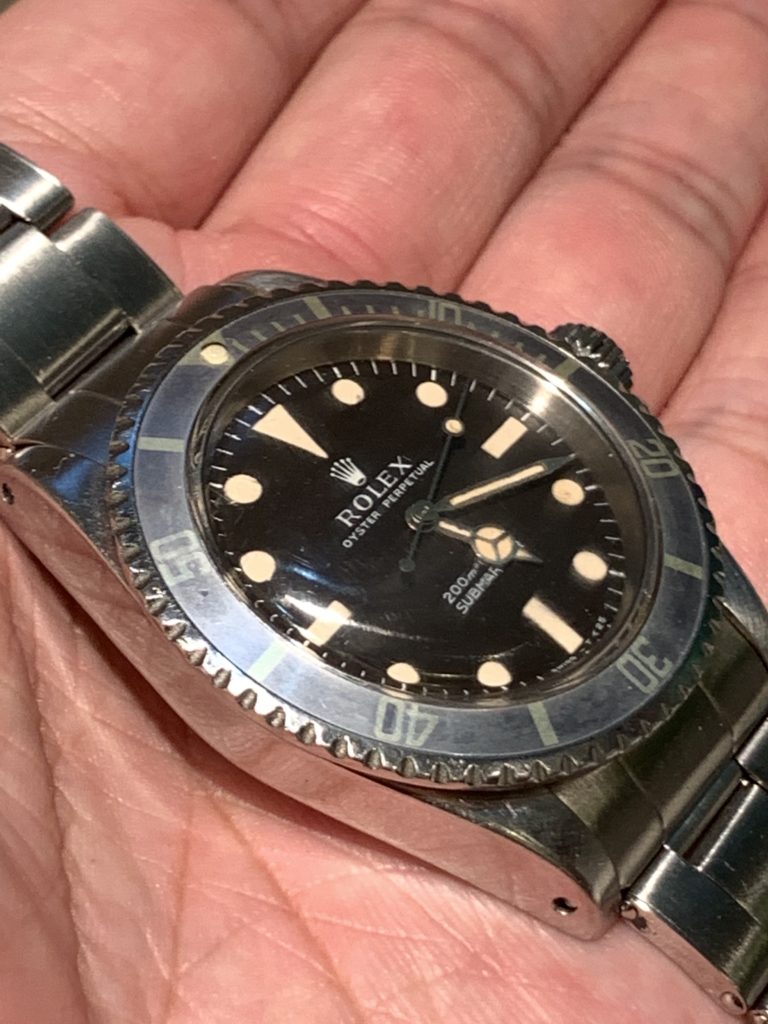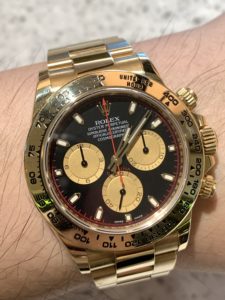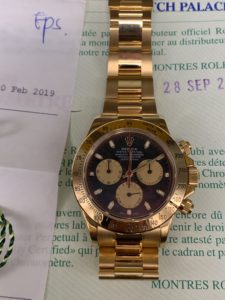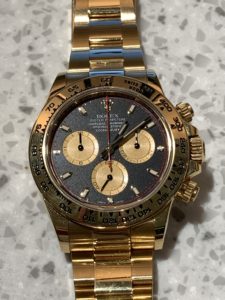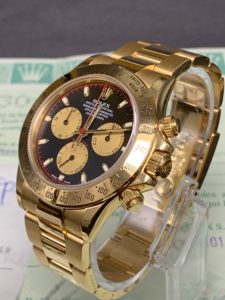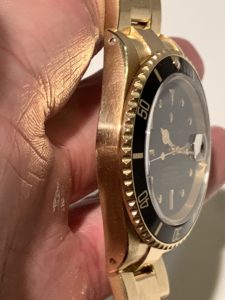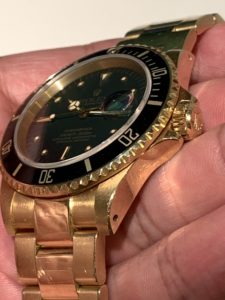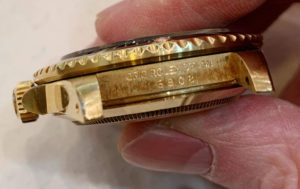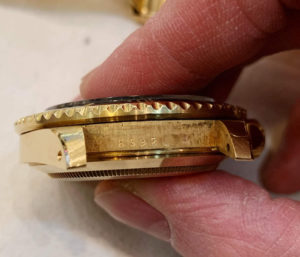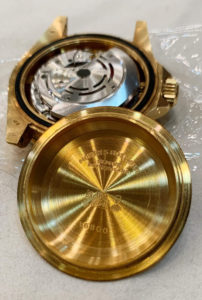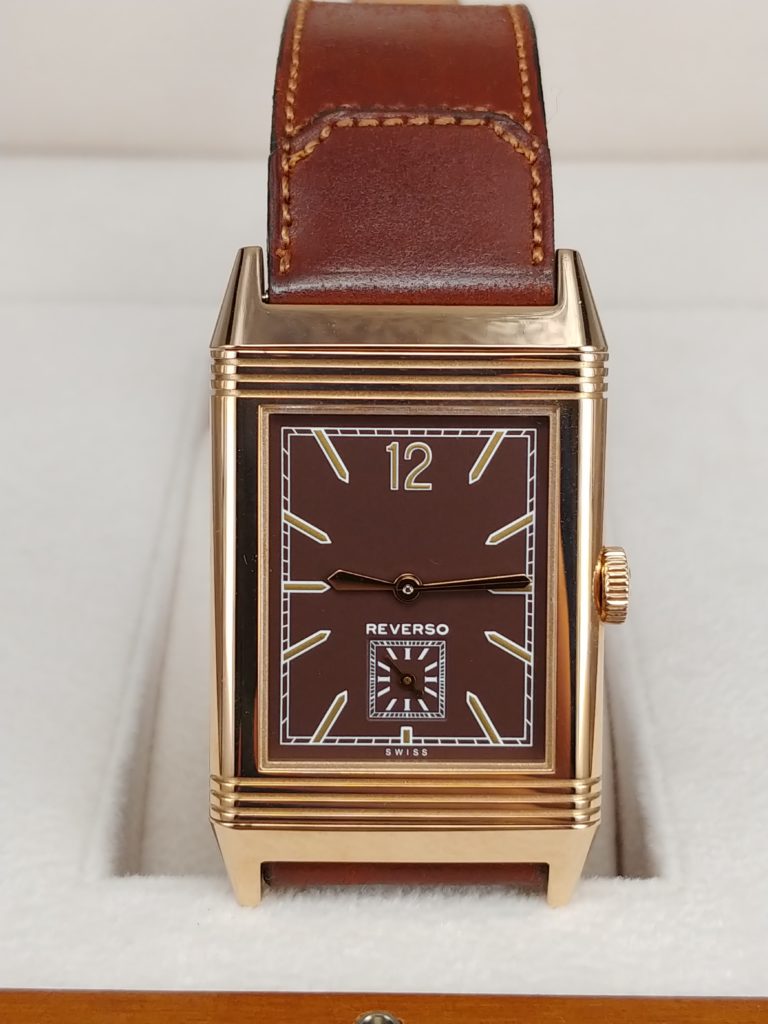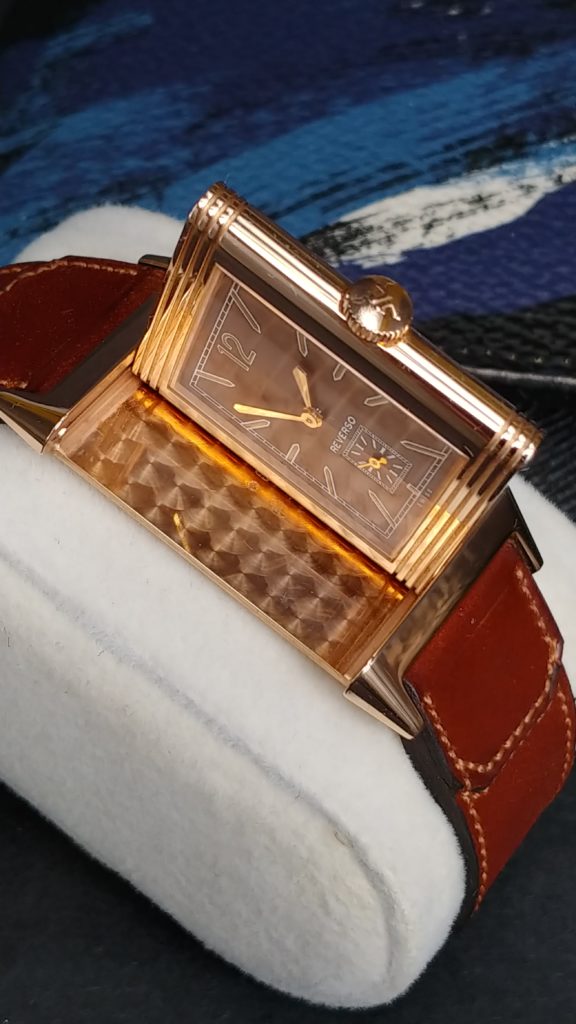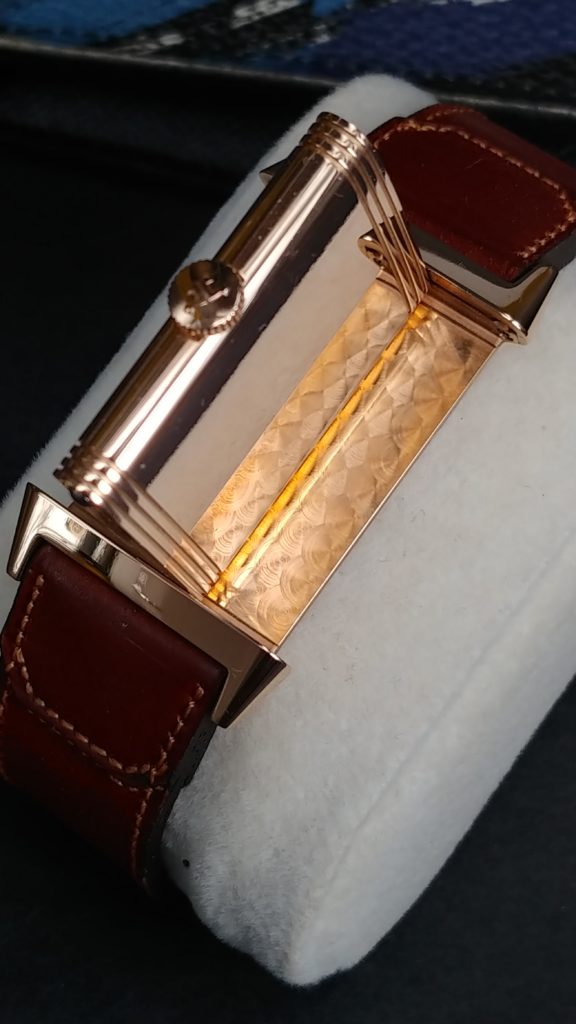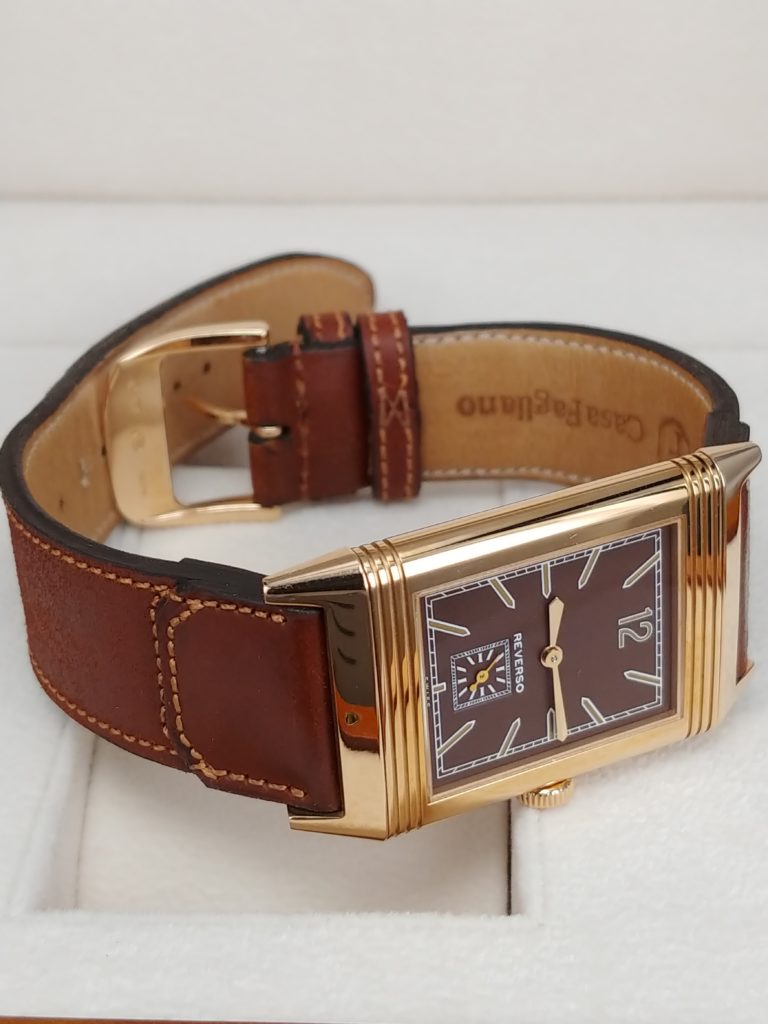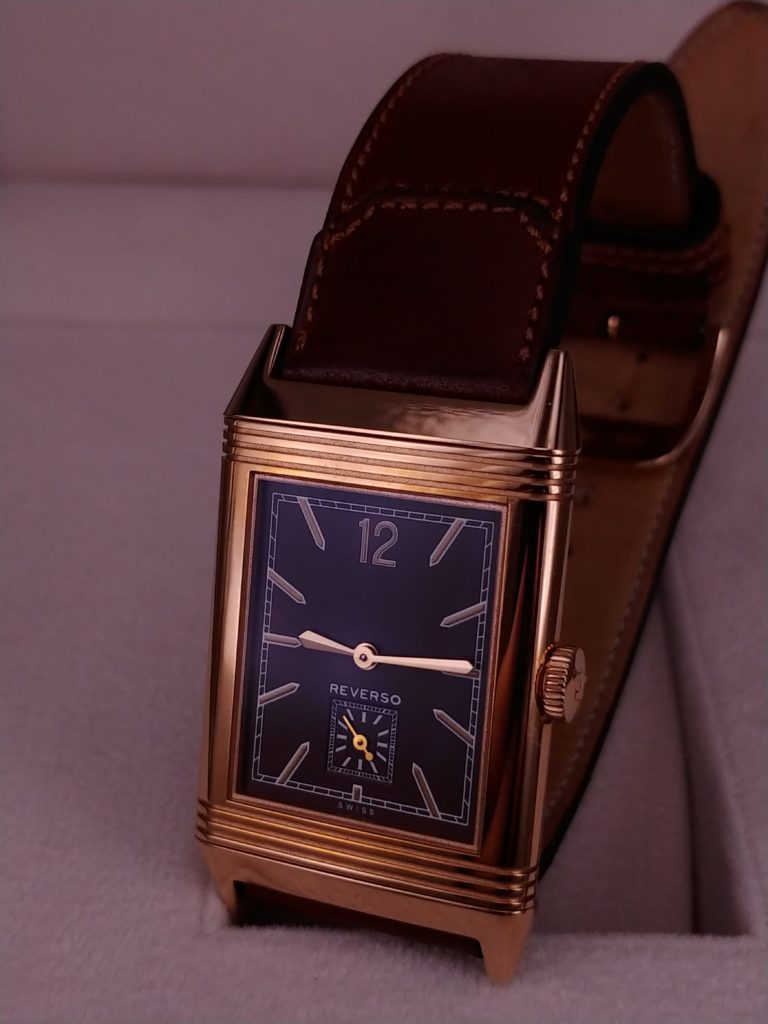
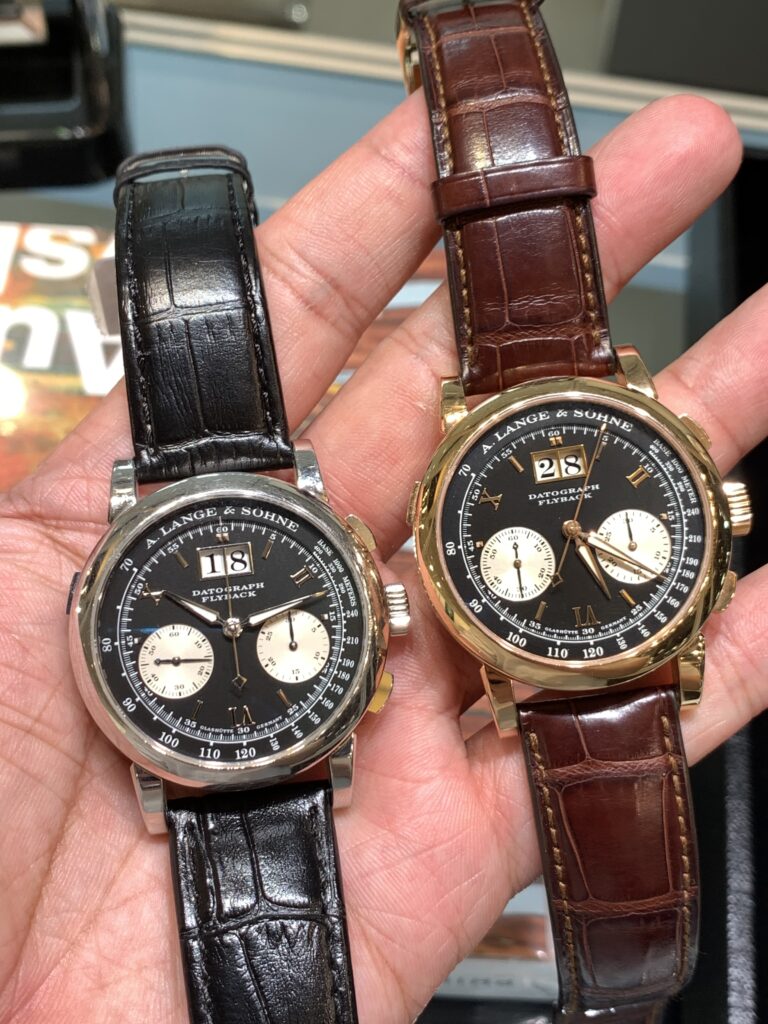
When it comes to chronographs, one may easily think of the Rolex Daytona, the Omega Speedmaster, or the Zenith El Primero chronograph. Now, let’s move one level up. The holy trinity, AP, Vacheron, and Patek also have some finely made models with well-decorated movements and meticulously made cases and dials. But the Lange Datograph has long been regarded as the king in this field. It was also a wake-up watch for PP when it was first released. However, is the 1815 Chronograph another good choice for you?


The major difference between the Datograph and the 1815 Chrono is that the 1815 is a pure chronograph while the Datograph has an additional big date window and the current Datograph Up/Down has a power reserve function. The big date window is a signature of the brand as it also appears on other model such as the Lange 1. The big date does add practicality to the watch while the dial layout on the Datograph remains very comfortable to the eye as the date window forms a perfect triangle with the two sub dials. Perfect German geometry. On the 1815 Chrono, the Breguet numerals make the dial look way more classic and they give the dial a vintage hue while the dial of the Datograph looks more modern.
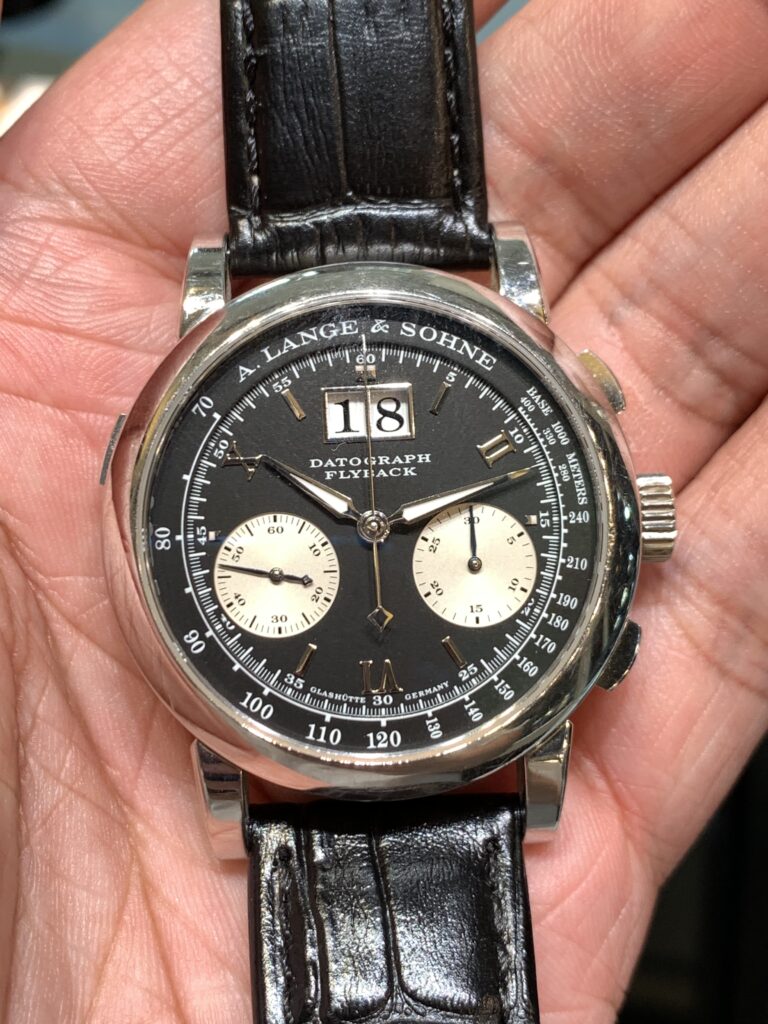
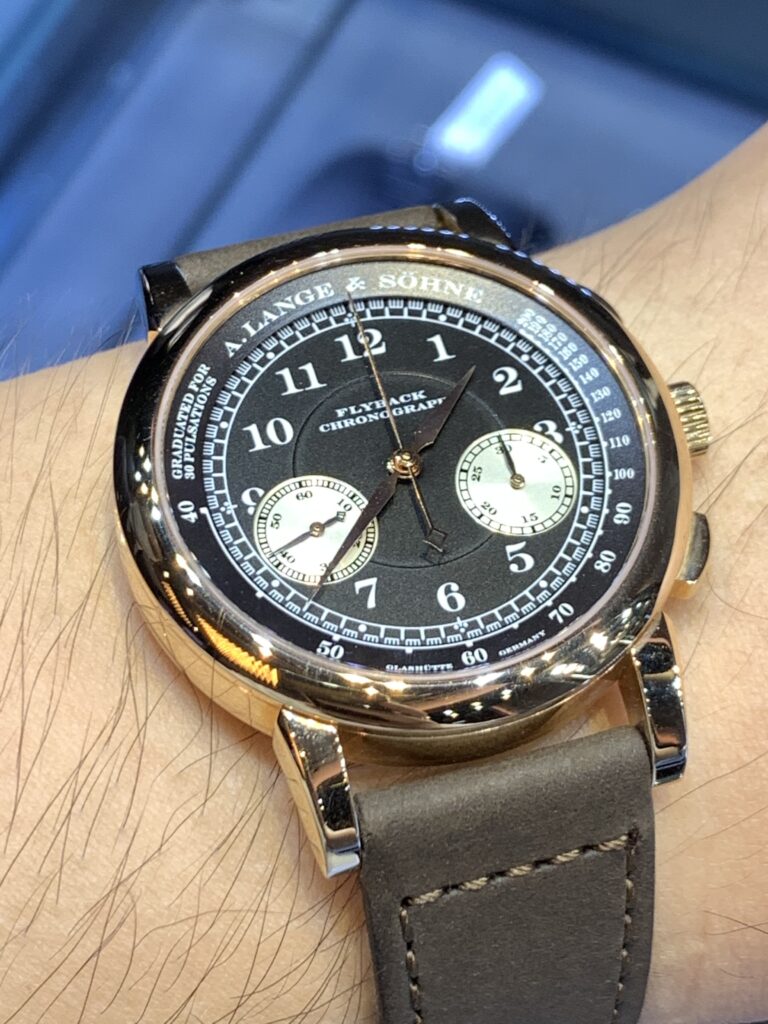
The two watches’ movements are very similar with the Datograph one having the power reserve and the big date function. Both movements have insane movemet architecture. The double assembly of each movement of Lange is also something no other brands can match. The use of German silver without any treatment makes it more difficult with assembly and finishing. The golden hue of the movement plates after they have been oxidized is amazing to behold. The materials used are also top-notch as solid gold chatons and blued steel screws are used. The balance cocks are hand-engraved and each is different.
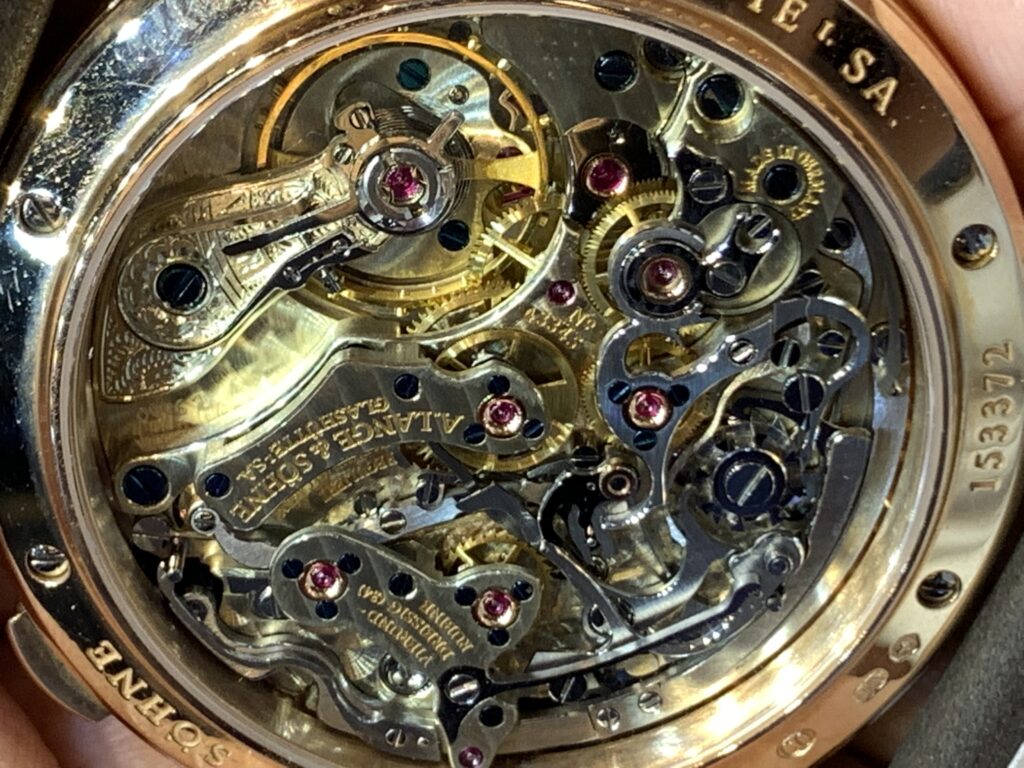
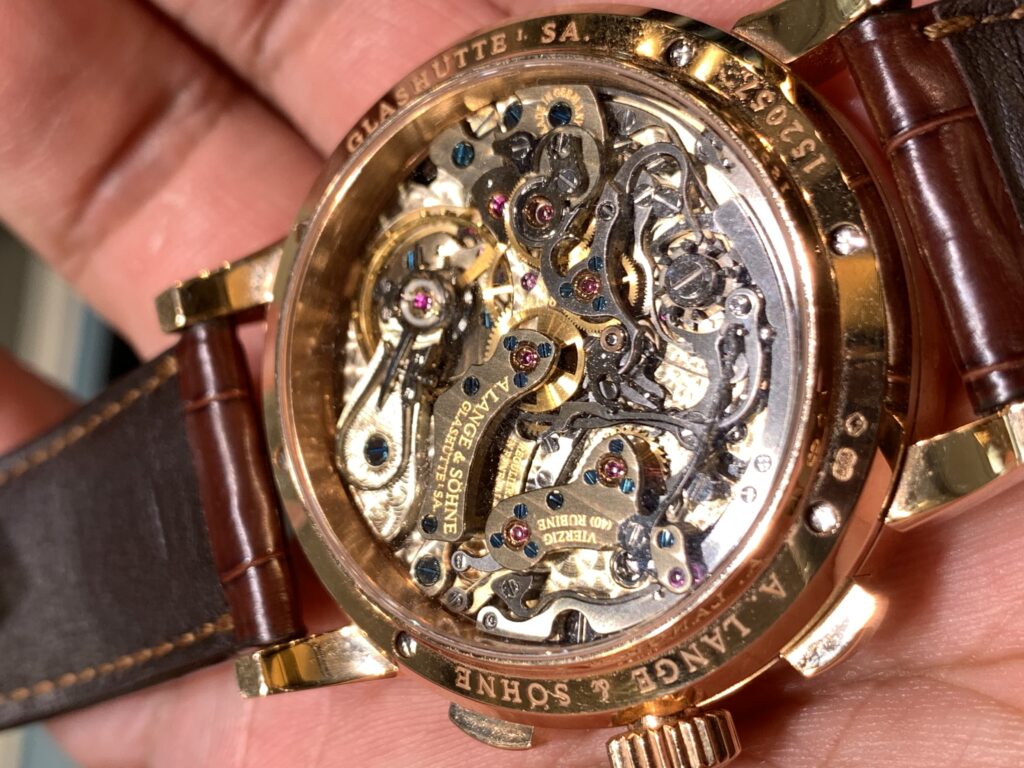
When it comes to size, the 1815 has a 39.5mm case size while the current Datograph has a 41mm case size. The old Datograph was sized at 39mm without the power reserve function. Some say the old Datograph looks more classic at that size and without the power reserve indicator.

The 1815 Chronograph is a good choice for anyone who looks for a pure chronograph. It is a flyback chronograph with a lot of class. The first generation 1815 chronograph with a reverse panda dial is the best with its champagne sub dials contrasting with the black dial. These dials, just like all Lange dials, are made of solid silver.

However, if you want a chronograph with some modern touches, the Datograph is the way to go. The big date window is sharp and easy to read while the power reserve indicator reminds you when to wind the watch. The bigger size also suits modern wrists.
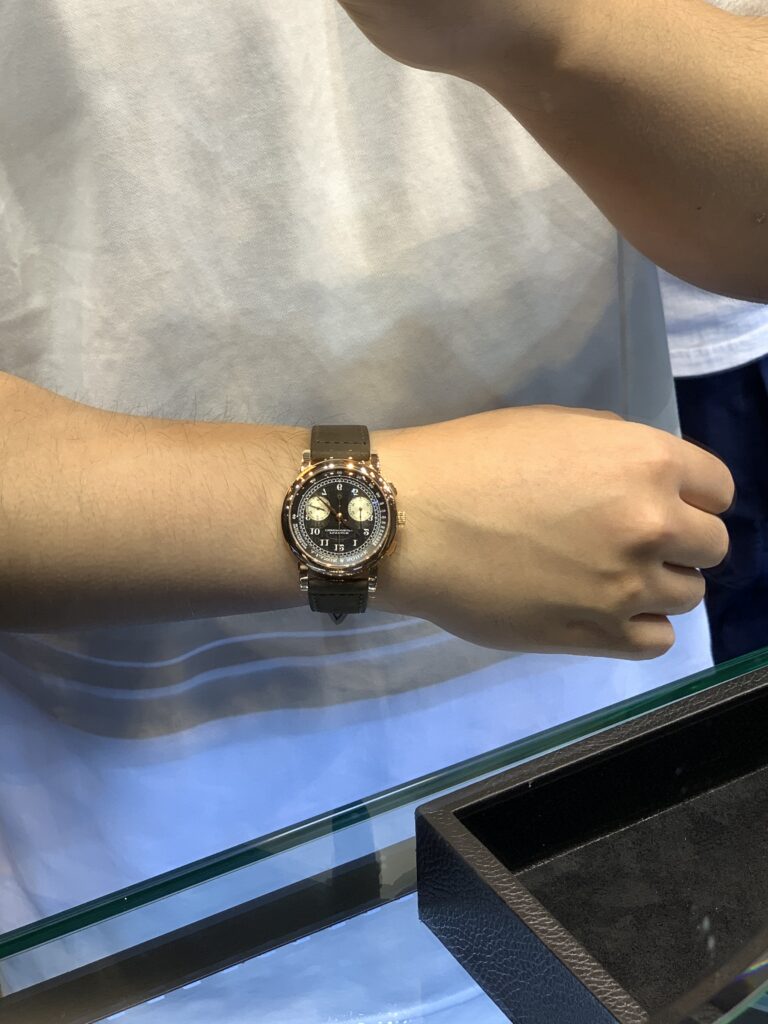
All in all, if I have to choose between the two, the first generation 1815 Chronograph with a reverse panda dial is my choice. What about you?
